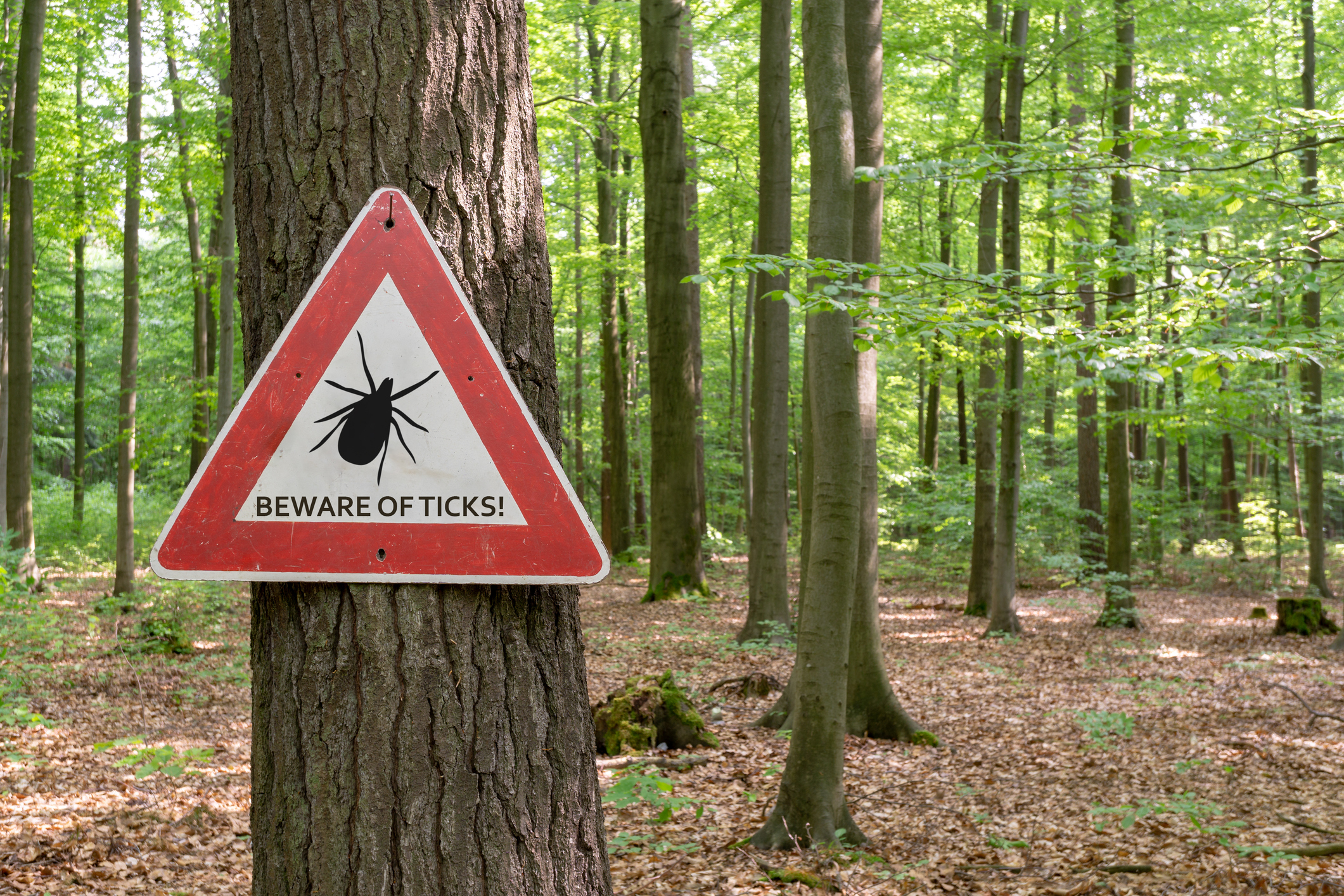Many people are home during the COVID-19 pandemic and are using their time to safely enjoy the warmer weather and venture outdoors to parks, reservations and hiking trails. But with the arrival of warmer temperatures that means tick season is here.
According to Dr. Romandine Kratz, deer ticks caused more than 3,100 cases of Lyme disease in the state in 2018, with the average number of cases more than doubling over the last decade.
Some of the basic symptoms of a Lyme infection like fever, malaise, and fatigue, can resemble Covid-19. In addition, contracting a serious illness like Lyme could put you at greater risk from Covid.
Fortunately, you don’t have to skip that walk in the forest. Understanding Lyme disease can help you to minimize your risk.
She also recommends you spray your clothes, shoes, and socks with the insecticide permethrin, which kills ticks on contact.
Permethrin shouldn’t be sprayed on skin. Instead, treat exposed skin with DEET or a chemical called IR3535, which she says is more commonly used in Europe, and has an excellent safety record. If you are taking bags out for outdoor sports, like tennis, spray your bags too.
You should stay on the path while hiking or walking in the woods. Stepping off the trail puts you directly into the leaves and brushy area that ticks love.
When you get home you should check your clothes and body for ticks. If you find one on your skin, remove it immediately and consult your doctor. They might put you on prophylactic antibiotics to prevent a Lyme infection.
Quick removal is important. The bacteria that causes Lyme disease, by far the most common tick-borne illness in North America, is believed to transmit after the tick has been attached for at least 24 hour.
You should save the tick, because you can, and should, send it to a commercial lab for analysis. It’s helpful to understand which, if any, of the many tick-borne illnesses you were exposed to if you develop symptoms later.
Lyme symptoms can show up any time between two days and three weeks after a bite. Fever, fatigue and malaise are hallmark Lyme symptoms, and are also among the symptoms of a coronavirus infection. “But the one major difference is presentation of respiratory symptoms,” Dr. Delaney said. That means if you’re coughing, it’s probably not Lyme.


